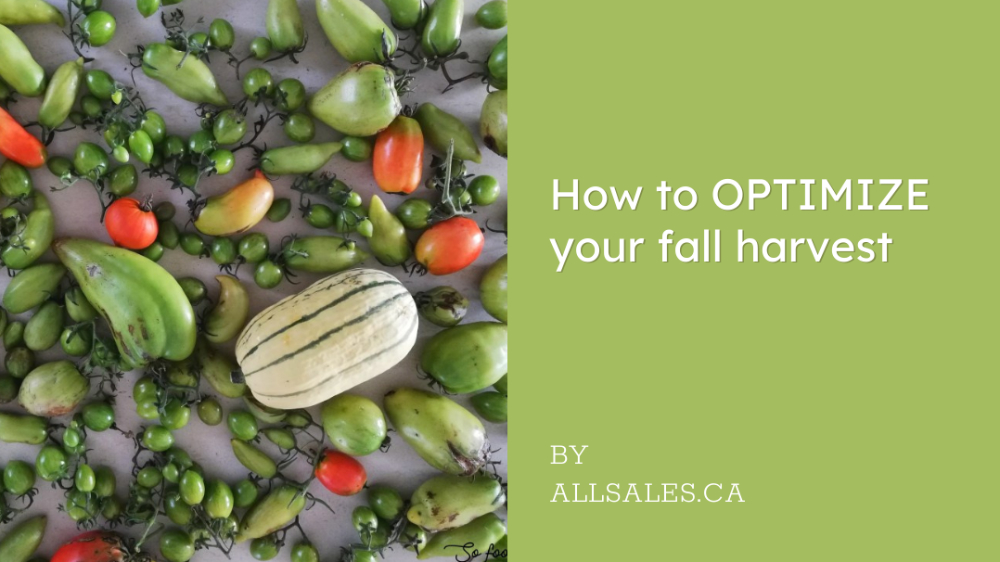
21 Sep How to optimize your fall harvest
Fall has arrived and harvest time is drawing to a close. Here are some tips for you to enjoy the latest vegetables or herbs in your garden!
Herbs
There are many ways you can enjoy your herbs throughout the year.
1. Drying
First, you can dry your herbs. You will then have plenty of dried basil, parsley, thyme, sage to flavor your dishes during winter. As for mint, it makes excellent herbal teas to enjoy by the fireplace!
There are several methods to drying your herbs. Find out how by reading How to Dry Herbs
2. Freezing
Freezing is ideal for preserving the aromas. You can simply place whole leaves or stems in an airtight bag and keep it in the freezer for up to 4 months.
3. Flavored oils
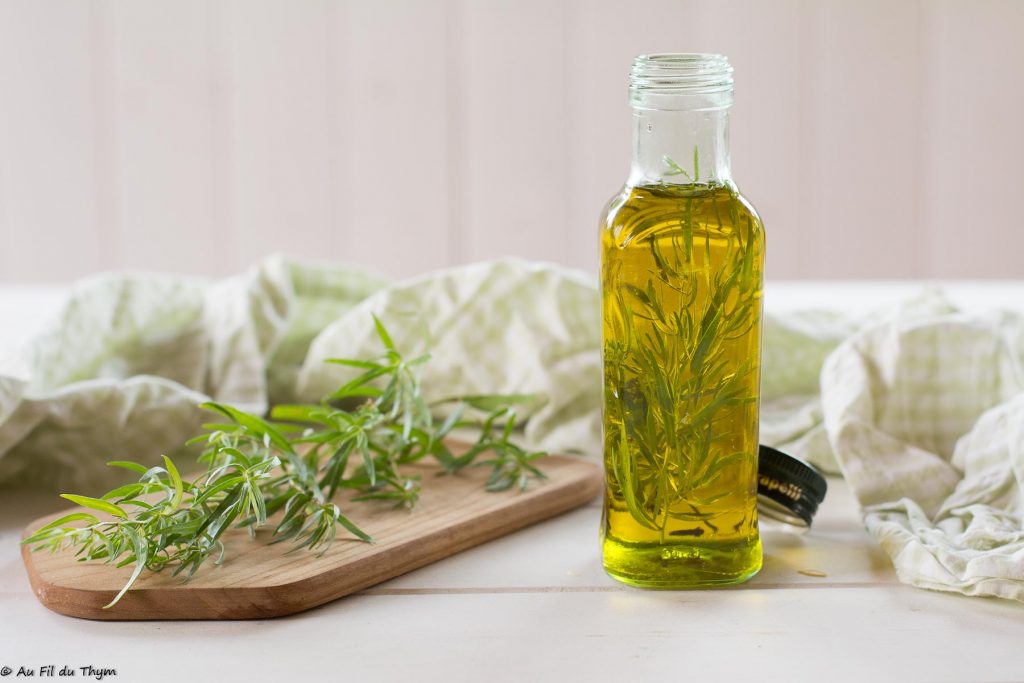
Flavor your favorite olive or vegetable oils by adding your herbs and you’re done! To find out how, read Make Your Own Flavored Oils
Would like to try making flavored butter? Mix 180 ml (3/4 cup) of softened butter with the chopped herbs of your choice (30 ml – 2 tbsp per variety). It’s that simple!
4. Salted herbs
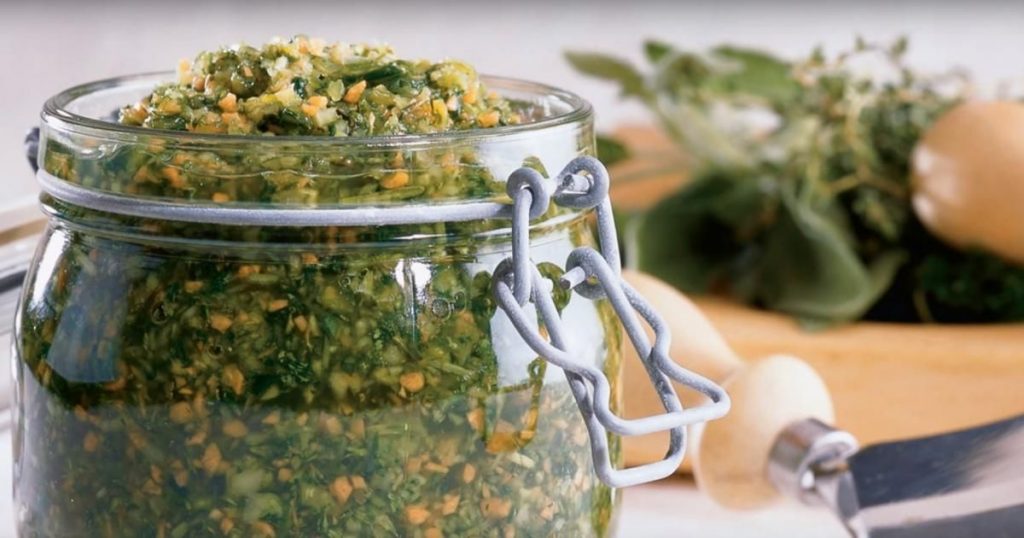
Another great way to get the most out of the fresh herbs you have left and maybe also a few vegetables (onions, leeks, carrots), salted herbs are easy to make and can last long. Want to give it a try? Read Homemade salted herbs
Vegetables
1. Tomatoes
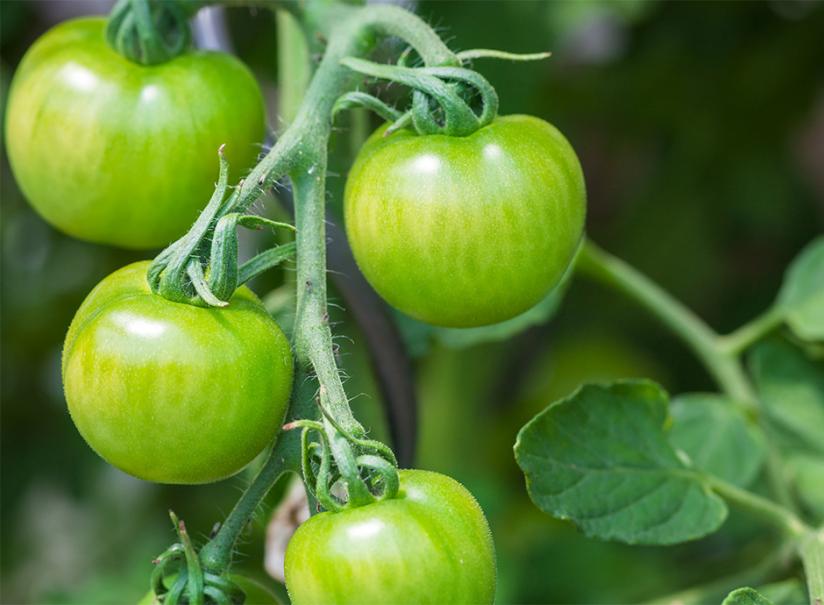
Among the vegetables to harvest in the fall, there are the famous green tomatoes! Some might try to harvest the tomatoes and let them ripen in a paper bag or shoebox, but tomatoes ripened this way won’t taste like sun-ripened tomatoes. So, instead of forcing nature, let’s take advantage of what it offers as is. You will easily find many great recipes to make with green tomatoes. We suggest you try the green tomato jam or the famous green tomato ketchup which is such a great substitute to relish!
2. Root vegetables
Don’t rush to harvest your root vegetables, many of them actually like coldt! Carrots can be harvested until the ground freezes. Leeks, in the fall, after a good frost or two, or even very early in the spring after a thaw. Winter radishes and daikon are harvested in the fall and can tolerate light freezes. As for rutabaga, harvest it after a frost. The cold actually makes the root sweeter!
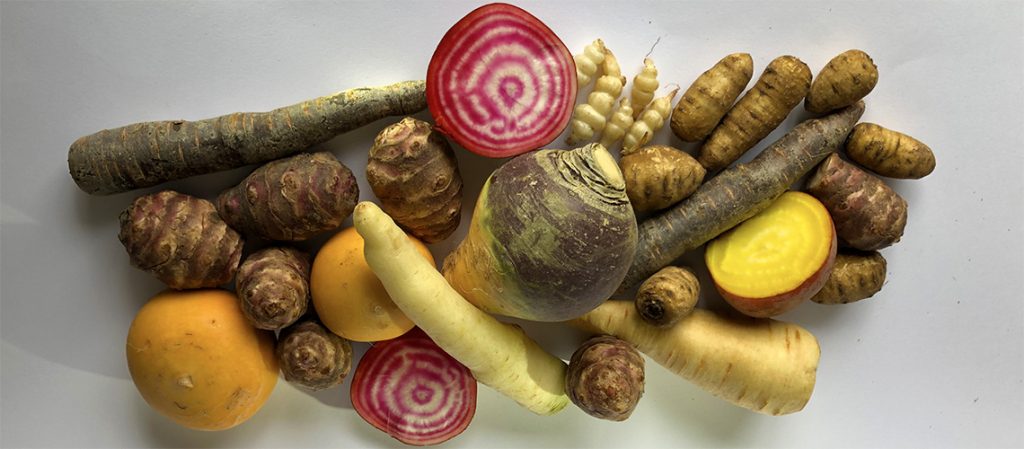
Now it’s your turn to optimize your fall harvests and extend the pleasure of eating the vegetables and herbs you have grown yourself!
